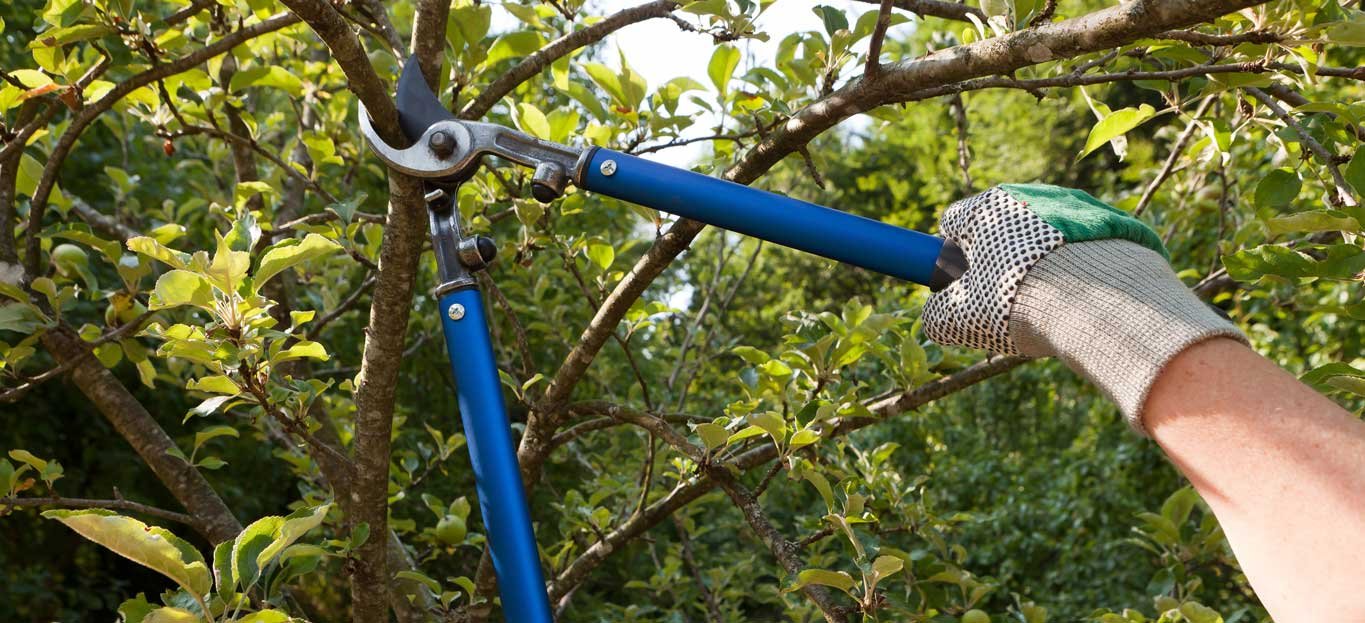[ad_1]
Whether you are a homeowner looking to improve the look of your home or you are a professional tree trimmer, there are several things you need to know about tree trimming. The first thing to consider is the cost of hiring a tree trimmer after a storm. There are many options for you to choose from, depending on your budget. In addition, you may want to consider how you will clean your tree’s crown after the trimming is completed.
Thinning vs raising a tree
Whether you are thinning or raising a tree, you are taking part in a necessary plant maintenance activity. The trees play a vital role in sustaining the soil, providing shade, sequestering carbon, and filtering water.
The most obvious reason to thin a tree is to increase the number of buds and fruit on the tree. Thinning also helps in increasing light penetration and air circulation. Trees that are not thinned may become overcrowded and less stable. They can be a safety hazard. They also can be an attractive target for disease, insects, and other organisms.
Increasing the amount of light that reaches the tree canopy will not only increase yields, but also reduce overcrowding. Thinning the tree canopy also helps prevent limb breakage.
Another reason to thin is to increase the number of airflow paths to the canopy. Thinning is also important to maintain the structural integrity of a tree. It can also be used to redirect airflow to areas where it is more beneficial.
The simplest way to thin a tree is to remove branches that are small in diameter. These branches usually range from one to three inches in diameter. They are often parallel to the nearest branches and are competing for space in the canopy.
Crown thinning, crown raising, crown reduction and crown cleaning
Performing Crown Thinning, Crown Raising, Crown Reduction and Crown Cleaning when tree trimming is a great way to maintain the health of your tree. It can also help keep your home and property safe.
Crown thinning is a process that involves selectively removing branches that are dead, diseased or weak. The result is a healthier tree with less weight, stress and mechanical resistance. Crown thinning also increases light penetration and air movement in the crown. Crown thinning reduces the mechanical stress on selected limbs and helps prevent damage during storms.
Crown reduction is a pruning technique that reduces the height, width and spread of a tree. It is a preferred method for trees that are too close to structures or that are prone to storm damage. Crown reduction is also a great way to control oversized trees.
Crown reduction is a procedure that typically leaves two-thirds of the crown. The remaining one-third will be cut back to a growing lateral branch. This lateral branch will then be part of the tree’s new crown once the spring growing season begins.
The most common reasons for crown thinning are to improve sunlight penetration, reduce wind resistance, or reduce mechanical stress on selected limbs. Crown reductions can also help control overgrown trees, make a tree safer and increase the value of a home.
Cost of hiring a tree trimmer after a storm
Getting a tree trimmed after a storm can be a bit of a risky business. There is the danger of a fallen branch or a tree falling on your house. It is also important to ensure that the job is done correctly. Tree trimming can prevent branches from snagging on your house and can improve the look of your home.
The cost of tree trimming is dependent on several factors. The amount of labor required, the size of the tree and the location of the tree all play a role. For example, a tree that is overlapping power lines will require extra help from the utility company. A tree that is in a difficult to reach location will also add to the price.
A bucket truck may be necessary to complete the job. A tree removal company will also take care of removing excess debris and splitting the tree into fireplace logs. The price of a tree trimming job can range from $400 to $1,200. The cost of a tree removal job may also be impacted by local regulations. A tree removal company will also have to pay for permits and worker’s compensation coverage.
The most important consideration is the size of the tree. The larger the tree, the more expensive it will be to trim. Larger trees require more equipment and the cost of hiring a tree trimmer will likely be higher.
[ad_2]


I like this weblog it’s a master piece! Glad I detected this ohttps://69v.topn google.Blog monry